Fact vs Fiction: What’s Real in Netflix’s Most Watched Shows
Written by Rikhtiya — Discovering Secret Facts
Netflix has become a global powerhouse of entertainment, offering a diverse range of shows that captivate millions of viewers worldwide. However, as audiences binge-watch their favorite series, one question often arises: how much of what we see on screen is based on reality, and how much is pure fiction? In this article, we dive into some of Netflix’s most-watched shows to separate fact from fiction.
1. The Crown: A Royal Drama Rooted in Reality?
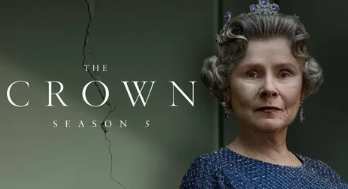
One of Netflix’s most acclaimed series, The Crown, chronicles the reign of Queen Elizabeth II, blending historical facts with dramatic storytelling. While the show captures real events such as the Queen’s coronation and the Suez Crisis, it also takes creative liberties to enhance the drama.
Fact Check:
Accurate Portrayals: The Queen’s personal struggles, political challenges, and relationships with key figures are based on documented events and public records.
Fictional Additions: Intimate conversations between the royal family members, as well as some dramatic confrontations, are purely speculative. The series often dramatizes relationships and conflicts to add narrative depth.
Reality Verdict: The Crown is a blend of historical accuracy and fictional dramatization, designed to offer both entertainment and a glimpse into royal life.
2. Narcos: Truth Wrapped in Fiction
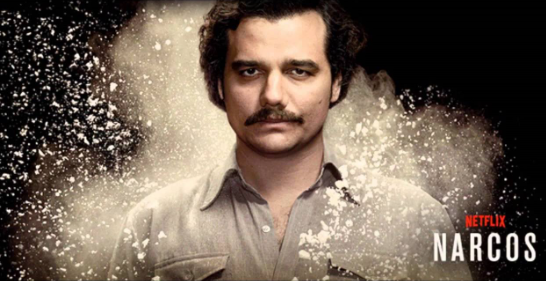
Netflix’s Narcos captivated audiences with its gritty portrayal of Colombian drug lord Pablo Escobar and the Medellín Cartel. The series is renowned for its intense action scenes and complex characters, but how accurate is it?
Fact Check:
Accurate Elements: The timeline of Escobar’s rise and fall, his confrontations with law enforcement, and his influence on Colombian society are based on true events.
Dramatic Enhancements: Some characters are composites, and specific dialogues or confrontations are fictionalized to maintain narrative tension. Additionally, Escobar’s personality and motivations are often romanticized for dramatic effect.
Reality Verdict: Narcos stays true to the core story but enhances the drama with fictional character interactions and emotional storytelling.
3. Stranger Things: Mythical Monsters or Real Science?
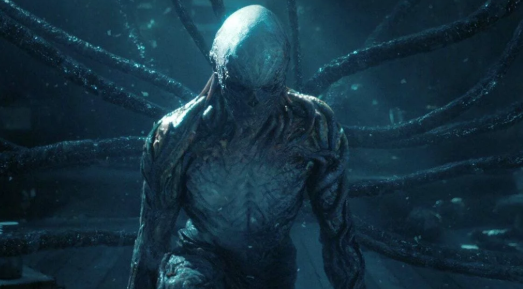
While Stranger Things is undoubtedly a work of fiction, its creators have drawn inspiration from real scientific experiments and government conspiracy theories. The show’s premise revolves around supernatural occurrences in the small town of Hawkins, but how much of it is grounded in reality?
Fact Check:
Inspired by Reality: The concept of secret government experiments and parallel dimensions is loosely inspired by the real-life Montauk Project conspiracy theories.
Pure Fiction: The Upside Down, Demogorgons, and Eleven’s supernatural abilities are entirely fictional, crafted to create an immersive sci-fi experience.
Reality Verdict: Despite its nod to conspiracy theories, Stranger Things is pure fantasy with a sprinkle of scientific speculation.
4. Mindhunter: True Crime or Twisted Tale?
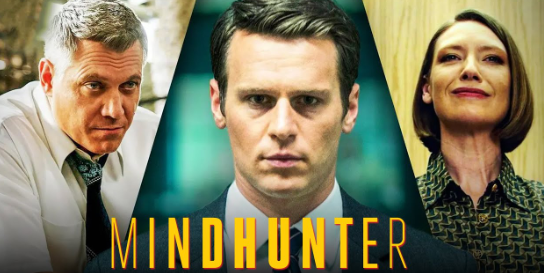
Based on the true-crime book Mindhunter: Inside the FBI’s Elite Serial Crime Unit, this series explores how FBI agents developed criminal profiling techniques. It follows detectives interviewing notorious serial killers to understand their mindset.
Fact Check:
Reality-Based Content: The show’s depiction of serial killers like Ed Kemper and the techniques used in interviews are largely based on real FBI procedures and case files.
Creative Storylines: The personal lives of the detectives and some dialogues are fictionalized to add depth and emotional complexity to the characters.
Reality Verdict: Mindhunter skillfully balances fact and fiction, staying true to criminal profiles while adding dramatized character arcs.
5. Inventing Anna: Truth Behind the Glamour
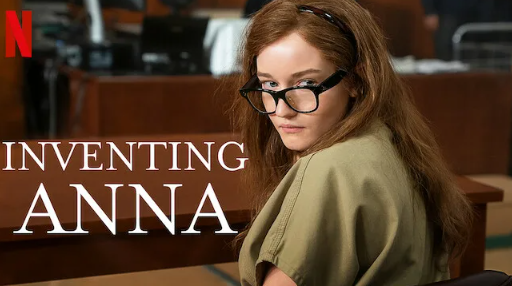
This hit series tells the story of Anna Sorokin, who posed as a wealthy socialite to con New York’s elite. The show claims that the story is “completely true, except for the parts that are totally made up.” So, how much of it is accurate?
Fact Check:
Real Events: Anna Delvey’s con, including her lavish lifestyle funded by deceit, is well-documented. Court records and media reports back the main storyline.
Fictional Elements: Anna’s inner thoughts, personal relationships, and some secondary characters are partially fictionalized for dramatic appeal.
Reality Verdict: Inventing Anna mostly sticks to the facts but uses creative storytelling to explore Anna’s enigmatic personality.
6. The Witcher: Myth and Medieval Fantasy
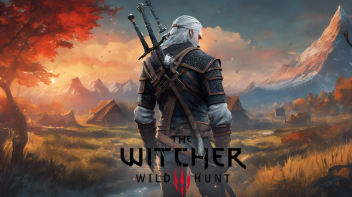
Based on the book series by Andrzej Sapkowski, The Witcher blends folklore and fantasy into an epic saga. Though rooted in Slavic mythology, the series is entirely fictional, filled with magic, monsters, and medieval warfare.
Fact Check:
Fantasy Elements: The world of The Witcher is a fantasy construct, with no grounding in historical or scientific facts.
Inspired by Folklore: Some mythical creatures and legends are inspired by Eastern European folklore, but they are heavily fictionalized.
Reality Verdict: Entirely fantasy, The Witcher is crafted to entertain rather than educate.
7. Bridgerton: Romance or Historical Accuracy?
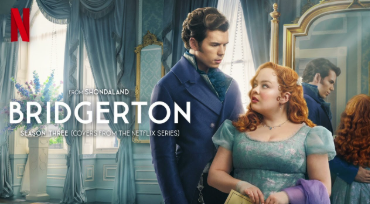
Set in Regency-era England, Bridgerton is a romantic drama that has captivated audiences with its colorful costumes and dramatic love stories. But how true is it to the period it portrays?
Fact Check:
Creative License: While the setting and some social customs are inspired by the Regency era, the series takes significant liberties with historical accuracy, including modern dialogue and diverse casting.
Fictional Plotlines: The love stories and personal conflicts are purely the creation of the show’s writers.
Reality Verdict: Bridgerton is a period drama with modern twists, prioritizing entertainment over historical authenticity.
Conclusion: Embrace the Blend of Reality and Storytelling
Netflix’s most-watched shows offer a rich tapestry of storytelling, blending fact with fiction to captivate audiences. While some series stick closer to reality than others, the creative liberties taken often enhance the drama and keep viewers hooked. Whether it’s royal intrigue, crime sagas, or fantasy epics, the key is to enjoy these shows for what they are: an artful mix of truth and imagination.
Next time you hit play, remember to take the “true story” label with a pinch of salt. After all, storytelling thrives on the fine line between fact and fiction.








